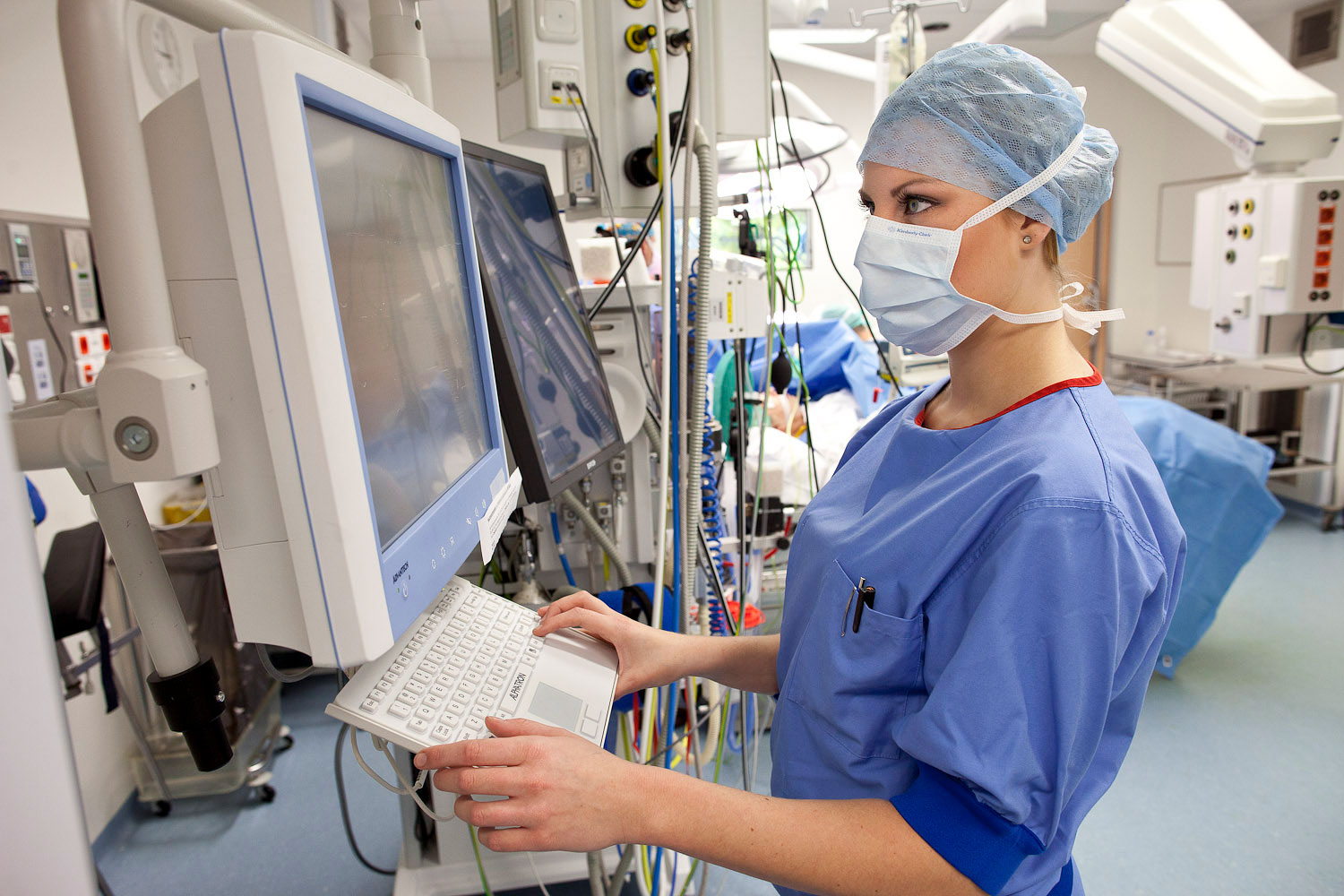Franciscus Gasthuis & Vlietland integrates IT and security infrastructure using Conscia NOC and SOC services.
With two hospitals in Rotterdam and Schiedam and three outdoor locations (outpatient clinics), Franciscus Gasthuis & Vlietland offers care as close as possible to where people live.
The 4,700 employees and 300 doctors all focus on quality care with a strong human character. And to ensure they can all work smoothly, there is an IT network with around 10,000 connected endpoints such as computers, servers, medical modalities, mobile devices, etc. to support them. All these endpoints are used by the direct care staff and their colleagues in support functions. This network’s out-of-hours management has been outsourced to Conscia, and security support has now been added to that arrangement.
Digital care requires increased security
The healthcare system is changing. It no longer only takes place in hospitals but is getting increasingly independent of the location.
Due to digital aids, care is increasingly being done remotely. This change has implications for the hospital’s security strategy and the security organization’s design, an IT element already under pressure from the growing threat of attacks and exploitation of vulnerabilities. Franciscus Gasthuis & Vlietland wanted to tighten their security measures and no longer wanted to do this entirely in-house.
An initial market study for a Security Operations Center (SOC) service found that many providers offer a solution with high customization and correspondingly high cost. Together with Conscia, Franciscus Gasthuis & Vlietland implemented a suitable, efficient solution that is also cost-effective.

Integrated security approach
As part of the integrated security approach, the various point solutions that the hospital used have been replaced by a Cisco Secure CyberSecurity platform, where the integration between the multiple products provides better security and, above all, more insight with a lower management burden.
After this first step, Franciscus Gasthuis & Vlietland decided at the end of 2021 to primarily transfer all the monitoring and detection aspects to Conscia’s SOC. Conscia did this transfer in close collaboration with Franciscus’ IT security team, which acts as the internal ‘digital fire brigade’ that participates in the Identify, Protect, Detect, Respond and Recover fields.
By first replacing all individual point solutions with a series of security tools and measures correlating with each other, the SOC could be implemented much faster and cheaper because almost no customization was required.
Peter de Boer, ICMT manager at Franciscus Gasthuis & Vlietland: “Where we have previously been a traditional management organization, our IT department is increasingly taking on a functional support role towards the healthcare system. This has resulted in more and more tasks being outsourced, and we wanted to do the same with part of the security management. More interests play a role in healthcare than in other sectors, and we have to deal with different budgets. It is also increasingly difficult to find the right security experts and to keep their knowledge up to date. Therefore, we had to look for a party that understood this and could help us find a suitable solution. Trust also played an important role in choosing Conscia. Thanks to our good, long-term cooperation with them, we made a well-considered and confident choice.”
Another factor was that the healthcare organization already uses Conscia’s Network Operations Center (NOC), which can be connected to the SOC. In this way, the experts at Conscia can quickly intervene in the event of incidents and monitor and minimize the consequences for the network. The knowledge of the NOC and SOC specialists is a valuable addition to the healthcare organization’s IT team.
De Boer: “Besides traditional IT equipment, we increasingly deal with medical equipment, such as surveillance monitors, ultrasound, EKGs, etc., connected to the network. The convergence of Medical Technology (MT), Information Technology (IT), and Operational Technology (OT), such as the building management system, the medical call system, and the fire alarm system, creates additional security challenges. Therefore, connecting the NOC and a SOC is a good solution. We need insight into data traffic in all areas. Prevention is important, but just boarding an organization doesn’t make sense because enough happens within the walls of your infrastructure, and you have to deal with the behavior of the employees, among other things. We have to have the data flow under control, and we are now much more able to do that.”
Managed Detection & Response
Cybercrime prevention in the form of firewalls and training is important but not sufficient. Detection is also necessary to know when an incident occurs. And then it is vital to act quickly. The combination of NOC and SOC makes this possible. Also, by purchasing it as a managed service, it can be rolled out quickly. In this way, security becomes transparent, fast, and cost-effective.
Jos Toet, Information Security Officer at Franciscus Gasthuis & Vlietland: “Security is always too much until the day that it’s not enough. Often the conception is that security occurs behind the scenes and does not contribute to patient care. But it contributes to the continuity of care, availability, integrity, and confidentiality of all the data that needs to be secured. In addition, good security depends on people’s behavior. For example, we can technically set everything up, but if an employee leaves a computer open and unattended, security has still failed.
Toet: “Safety does not have to stand in the way of patient treatment at all. It really shouldn’t.” We now facilitate much more of what is possible and allowed, instead of banning things for everyone. In this way, we want to motivate everyone to act carefully and become aware of risks. And it works; we already feel more involvement and awareness among colleagues in all places. Due to the focus on security, the knowledge about it is growing. From the people in the IT team to the people at the bedside. And it’s great to see.”

